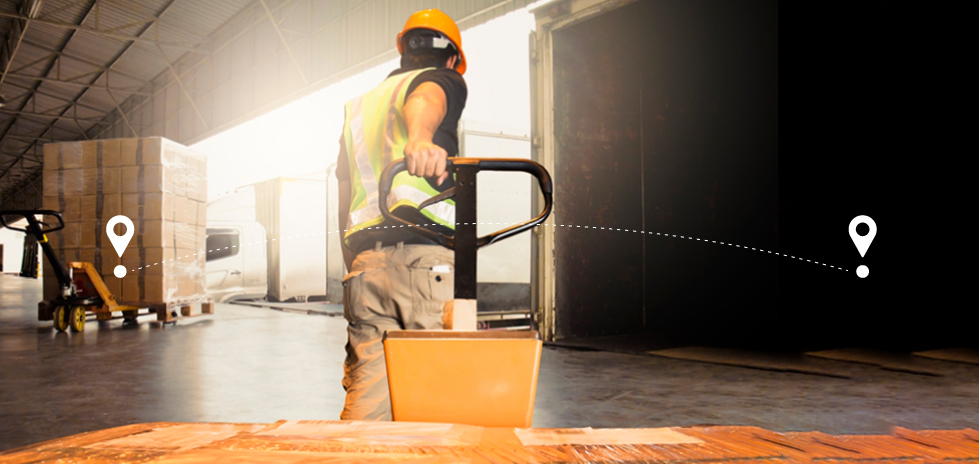
在 COVID-19 及以後保護您的供應鏈
在 2020 年過半之際,我們向 Optimas 美洲區總裁馬克·斯特蘭奎斯特 (Marc Strandquist) 詢問了當今供應鏈的狀況、我們迄今為止學到的知識以及如何確保您的供應鏈以應對未來的發展。
現在製造商面臨的最大挑戰是什麼?
簡短的回答是了解真正的需求。早在 1 月份,我們就看到客戶每天建造 200 個單位,然後在 4 月份關閉。當製造商重新開工並開始提高產量時,他們開始時每天可能生產 50 台。這明顯低於六個月前的水平,而且許多人都在對這些數字做出最好的猜測。很難預測和調整產量,尤其是在這樣一個動蕩的市場中。
製造商的上游是材料供應商。例如,鋼鐵行業不得不調整生產,以盡量避免因下游生產停滯和減產而導致的庫存增加和價格下跌。
我們都希望並祈禱,如果出現第二次全國性的病毒激增,我們會以不同的方式處理事情,我們會找到更好的方法來保護我們的經濟,而不是關閉一切並重新開始這個循環。
您見過製造商正在努力應對的其他一些挑戰是什麼?
許多供應商宣布不可抗力或停業,使分銷商和製造商陷入困境,導致供應鏈出現重大中斷。
工業行業還不得不應對有限的流動性和旅行限制。他們無法拜訪客戶、會見重要客戶,這會損害客戶關係。
當然,一些公司正在為現金流而苦苦掙扎。
一些公司比其他公司更好地準備應對這場危機。這些公司做對了什麼?
我認為他們在與客戶和供應商的溝通方面採取了非常積極的立場。他們確保提供持續更新和簽到,提供舒適感。
此外,利用技術的公司——盡可能多地數字化他們的供應鏈——擁有正確的數據,從而可以更好地規劃延期和取消庫存——這樣他們手頭就有足夠的現金。
那些措手不及的人呢?
溝通是如此重要。沒有與客戶和供應商合作夥伴提前有效溝通的公司處境最為艱難。他們無法做出適當或足夠快的反應。正如我們最近所看到的那樣,政府關門讓我們變得脆弱和暴露。清晰透明的溝通可以更好地降低風險。
而且,從我們迄今為止所看到的 2020 年大流行來看,主要建立在低成本、單一來源和低庫存基礎上的供應鏈最沒有能力應對如此大規模的中斷。
最後,我認為沒有與合適的供應商和供應鏈合作夥伴建立牢固的關係會傷害許多企業。
您看到製造商為糾正路線和穩定所做的一些事情是什麼?
具有適當風險緩解策略、多元化採購、數字化以及與供應商建立牢固關係的公司更具彈性。
已開始實現供應鏈多元化並實施在岸供應鏈戰略、投資國內製造的公司已大大降低了風險。
好消息是,美國製造業將從中受益匪淺。
例如,在 Optimas,我們在芝加哥地區的工廠進行大批量、高質量的製造。與海外採購相比,我們看到人們對國內採購的興趣有所上升。
我們將在第四季度繼續看到哪些供應鏈挑戰?
任何公司及其領導者面臨的挑戰都是他們無法控制的事情。通過這個,我的意思是更多的政府在州或國家層面關閉。這將使計劃庫存、預測需求和相應地調整勞動力變得不可能。
製造商現在可以做什麼來穩定他們的供應鏈並將風險降至最低?
獲取關於您將要消費甚麼的準確數據。那是 #1。作為工業分銷商,我們在為客戶獲取庫存方面沒有問題,但我們需要良好的數據來確保盡可能提供最高水平的服務。提高知名度是關鍵。
需要哪些長期解決方案來繼續保護他們的供應鏈?
每家公司都應該對其供應基礎和商品戰略進行非常徹底的審查。確保與穩定、財務上可行並具有交付能力的供應商簽訂協議。回到我之前所說的,透明的溝通和關係至關重要。
COVID-19 將如何永久改變供應鏈?
毫無疑問,將會有一種全新的經商方式。人與人之間的接觸會減少,Zoom/Teams 會議會增加,旅行限制也可能會增加。這些東西會伴隨我們很長時間。但這對我們所有人來說都是一個機會,可以讓我們在如何與客戶互動和接觸客戶方面發揮創意,從而幫助他們實現業務目標。
我還預計對國內製造業的持續興趣。製造商正在尋求降低他們的總擁有成本,並為他們自己的生產和客戶提供更好的支持。
當我們擺脫 COVID-19 時,反彈會是什麼樣子?
那些花時間專注於內部業務、培訓員工並使公司更強大的人將能夠走出去並搶占一些市場份額。那些被動和浪費時間的人將被拋在後面——無論大小。為了獲得市場滲透,將會有很多激進的行為。
在 Optimas,過去五個月我們一直很忙。我們為獲得市場份額和增長做好了更充分的準備,因為我們一直在投資於技術升級、拓展新市場並為我們的客戶增加新的產品種類。
作為領導者,您在這段時間學到了什麼?
我不得不改變在家工作的想法。在病毒出現之前,我不喜歡這個概念。我認為這會降低業務或太困難。不利的一面是,當你們都在遠程時,你會失去一點團隊友情,公司文化也會受到影響。它最終成為一個無縫過渡。我們確保我們的員工能夠獲得他們需要的東西,這樣他們就可以繼續工作。
我們如何為接下來的事情做好準備?
確保您的團隊了解您的客戶現在不想被賣給他們——他們想要答案並幫助弄清楚下一步是什麼。快速響應客戶需求並確保您的員工得到適當的領導和培訓以在當前條件下工作。那裡會有機會,但你需要做好充分準備和靈活應對。
2 Comments
發表評論
您必須 登錄 才能發表評論。







[…]COVID-19 震撼了我們的公共衛生、經濟和公司財務狀況。面對如此多的利害關係,我們所有人的表現都取決於此刻站在我們旁邊的伴侶。尋找合適的產業供應鏈夥伴是度過疫情及以後生存的關鍵。 […]
[…] 現在,製造商比以往任何時候都更了解他們的供應鏈。這種意識引發了許多關於如何提高效率和彈性的問題。我作為一名分銷和供應鏈專業人士已經工作了近三十年,因此我了解平衡供應連續性與客戶需求的挑戰。由於 COVID-19 暴露了即使是最安全的供應鏈中的漏洞,供應鏈管理人員也面臨日益複雜的挑戰。了解如何簡化複雜區域並穩定弱點將使您能夠隨著需求的變化快速擴大或縮小規模。以下是一些常用技巧,可協助您簡化零件管理,打造更強大、更有彈性的供應鏈。 […]